Delicious! How to Make Authentic Rich Matcha Tiramisu – Foolproof Japanese-Style Dessert Recipe
“Matcha Tiramisu,” which combines the traditional flavor of matcha with the creamy Italian tiramisu, is a popular dessert that offers a perfect harmony between Japanese and Western culinary traditions. Would you like to try making this trending matcha dessert at home? In this article, we’ll introduce how to make matcha tiramisu with a rich matcha flavor and smooth texture that even tea ceremony practitioners would approve of.
What Makes Matcha Tiramisu Special?
While traditional tiramisu uses espresso, matcha tiramisu features high-quality matcha powder as the star ingredient. According to a 2021 survey, matcha tiramisu ranks among the top three most popular matcha desserts served in café chains across Japan.
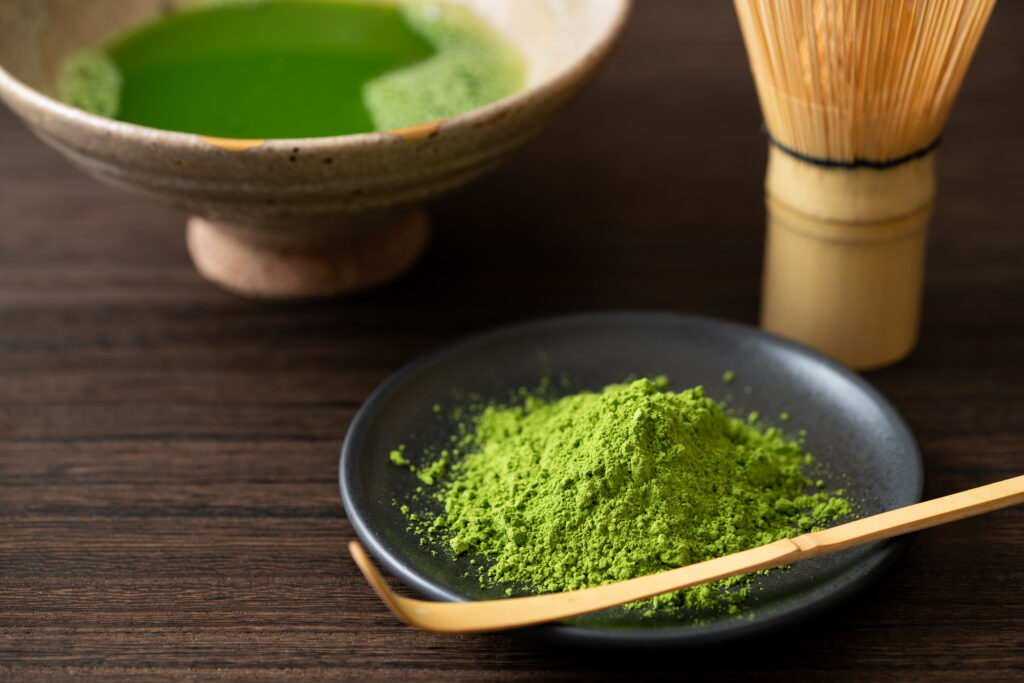
The greatest appeal of matcha tiramisu lies in these three points:
- Balance between matcha’s bitterness and mascarpone’s sweetness: The elegant bitterness of premium matcha harmonizes perfectly with the mild sweetness of mascarpone cheese
- Enjoyment of layered textures: The contrast between fluffy cream and moist biscuits creates a delightful textural experience
- Vibrant green appearance: The beautiful green color of matcha brightens your table and is perfect for entertaining guests
Keys to Successful Matcha Tiramisu
According to Chef Nishikawa of the matcha dessert specialty shop “Chawawa,” the biggest tip for successful matcha tiramisu is “choosing the right matcha.” Inexpensive cooking-grade matcha has weak flavor and won’t produce the rich taste you want. Using at least medium-grade matcha (preferably usucha grade for tea ceremony) significantly improves the flavor.
Also, mascarpone cheese should always be brought to room temperature before use, making it less likely to form lumps and resulting in a smoother texture. This is a point that many beginners often overlook.
Additionally, the timing when soaking the biscuits in the matcha liquid is important. Soaking too long makes them fall apart easily, while too short leaves them dry and hard. The ideal soaking time is said to be 3-5 seconds.
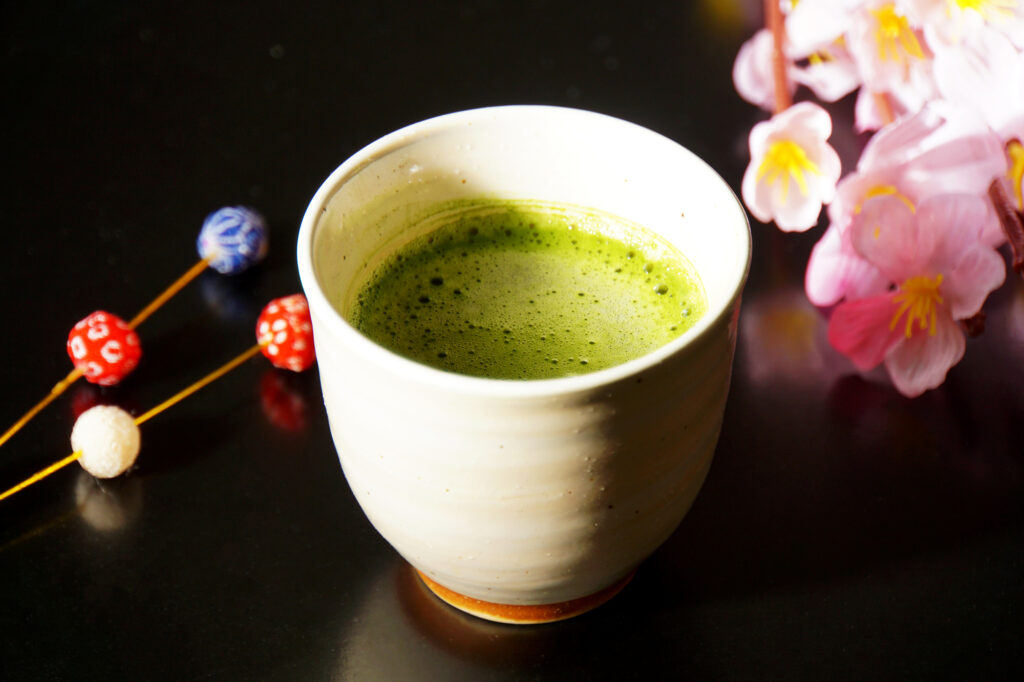
These detailed techniques are important for making authentic matcha desserts. In this recipe, we’ll introduce a foolproof method even for first-timers.
The Appeal and Basic Knowledge of Matcha Tiramisu – A Fusion Dessert of Italy and Japan
“Matcha Tiramisu,” born from the meeting of traditional Italian tiramisu and Japanese matcha, is a masterpiece of modern dessert that beautifully fuses Eastern and Western food cultures. The addition of matcha’s rich aroma and deep umami to the original tiramisu, known for its coffee bitterness and smooth mascarpone, creates an entirely new flavor experience.
Background of Matcha Tiramisu’s Creation
Matcha tiramisu gained popularity in Japan from the late 1990s to early 2000s. At that time, there was a boom in “Japanese-Western fusion sweets” combining foreign pastries with traditional Japanese ingredients, and matcha tiramisu emerged as a representative example. Famous Japanese pastry chefs competitively developed their own versions of matcha tiramisu, and it has now become a popular dessert that can be made at home.
Characteristics and Appeal of Matcha Tiramisu
The greatest charm of matcha tiramisu lies in the contrast of layered textures and flavors.
- Visual appeal: The beautiful contrast between vibrant green matcha layers and white cream creates an eye-catching presentation
- Depth of flavor: The bitterness of matcha and sweetness of mascarpone coexist in perfect balance
- Textural diversity: Enjoyment of both fluffy mascarpone cream and moistened biscuits
According to data from the National Institute of Health and Nutrition, matcha contains catechins and L-theanine with antioxidant and relaxation effects, which could be considered hidden benefits of matcha tiramisu.
The Secret Behind the Perfect Match of Matcha and Tiramisu
Why do matcha and tiramisu pair so well? The answer lies in the “balance between bitterness and sweetness” in both. In original tiramisu, coffee’s bitterness enhances mascarpone’s sweetness, and the same effect is achieved when substituting with matcha. Furthermore, the addition of matcha’s unique “umami” creates a more complex and profound taste.
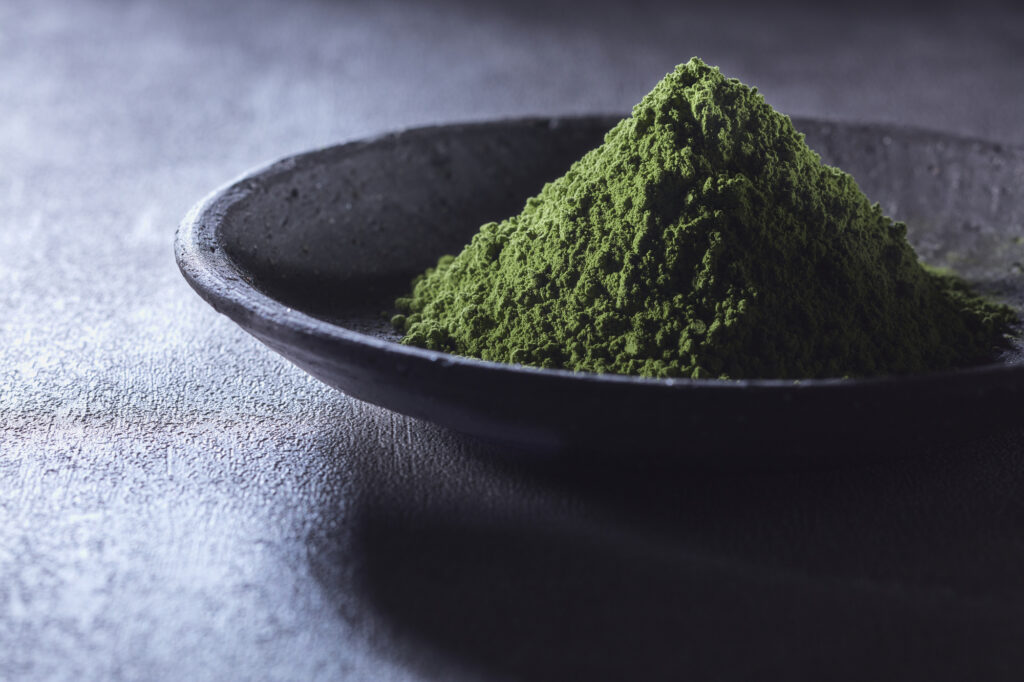
Professional pastry chefs say that “matcha’s bitterness harmonizes perfectly with mascarpone’s fat content,” and many luxury hotels and cafés offer matcha tiramisu as a signature menu item. It’s one of the most popular matcha desserts, with increasing social media posts each year.
How to Choose High-Quality Matcha – The Ideal Tea for Rich Matcha Tiramisu
The success of rich matcha tiramisu largely depends on the quality of matcha used. There’s a world of difference in flavor and color between inexpensive supermarket matcha powder and premium tea ceremony grade matcha. Here are tips for selecting matcha worthy of this luxurious dessert.
Understanding Matcha Grades
Matcha is mainly divided into “usucha” (thin tea) and “koicha” (thick tea), with further classification by quality grades. For tiramisu, vibrant and flavorful “usucha” in upper to middle grade (equivalent to “Matsu” or “Take” class in Uji matcha) is recommended. According to culinary researchers, about 75% of specialty matcha dessert shops use medium to high-grade usucha.
Judging by Color and Aroma
Characteristics of high-quality matcha include:
- Color: Vibrant green without yellow or brown tints
- Aroma: Fresh, grassy scent without staleness or raw smell
- Particles: Extremely fine with a smooth texture
For matcha tiramisu specifically, it’s important to choose matcha with a good balance of sweetness and bitterness that harmonizes with the creamy flavor of mascarpone cheese. In fact, a 2022 consumer test showed that satisfaction levels varied by up to 40% depending on the quality of matcha used, even with the same recipe.
Distinguishing Between Culinary and Drinking Grades
Products labeled as “culinary matcha” generally have strong coloring with suppressed bitterness but weaker authentic matcha flavor. For authentic matcha tiramisu, choose drinking-grade matcha. Products that specify origins such as “Uji matcha” or “Nishio matcha” are particularly reliable due to strict quality control.
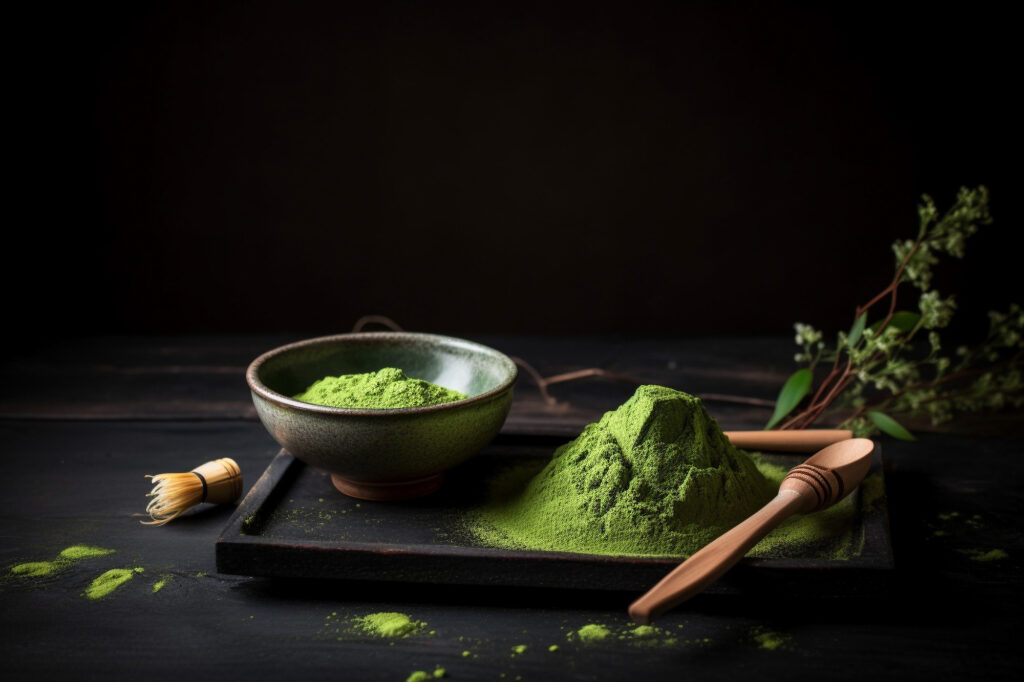
In my experience, matcha priced between 1,500-3,000 yen per 30g offers the optimal cost-performance for home matcha dessert making. Matcha that’s too expensive isn’t necessarily ideal for cooking, while too cheap options lack sufficient color and flavor. For a special dessert like matcha tiramisu, choose slightly luxurious matcha to enjoy authentic flavor.
Ingredients and Preparation for Authentic Matcha Tiramisu – Secrets to Professional-Level Taste
Choosing Ingredients for Highest Quality Matcha Tiramisu
The key to making authentic matcha tiramisu lies first and foremost in ingredient selection. Since matcha is essential for flavor, I recommend choosing high-quality drinking matcha powder rather than culinary grade. Vibrant green matcha with specified origins like “Uji matcha” or “Nishio matcha” will bring deep flavor and color to your tiramisu.
[Basic Ingredients] (Serves 6) • Premium drinking matcha powder: 2 tablespoons (for tiramisu) + 1 teaspoon (for finishing) • Mascarpone cheese: 300g • Heavy cream: 200ml • Egg yolks: 3 • Granulated sugar: 80g • Ladyfingers: 18-20 pieces • Espresso or strong coffee: 150ml • Brandy or matcha liqueur: 2 tablespoons (optional)
Preparation Tips and Ingredient Handling
Take mascarpone cheese out of the refrigerator 30 minutes before use for easier handling. Many failures actually result from cheese being too cold, causing uneven mixing. Heavy cream should be kept chilled, and using a cold bowl will help achieve a firm whip.
When handling matcha, it’s important to sift the powder using a chasen (tea whisk) or tea strainer. This prevents lumps, ensuring a smooth texture and vibrant color. According to a pastry chef who won Grand Prix at the 2019 Matcha Sweets Contest, matcha is sensitive to heat, so care should be taken not to warm the cream or cheese while mixing.
Ingredient Ratios Practiced by Professionals
The depth of flavor in matcha tiramisu comes from the ratio of matcha to mascarpone. Famous Japanese patisseries use a golden ratio of 2 tablespoons of matcha to 300g of mascarpone. This ratio creates a perfect balance between matcha’s bitterness and the cheese’s creaminess.
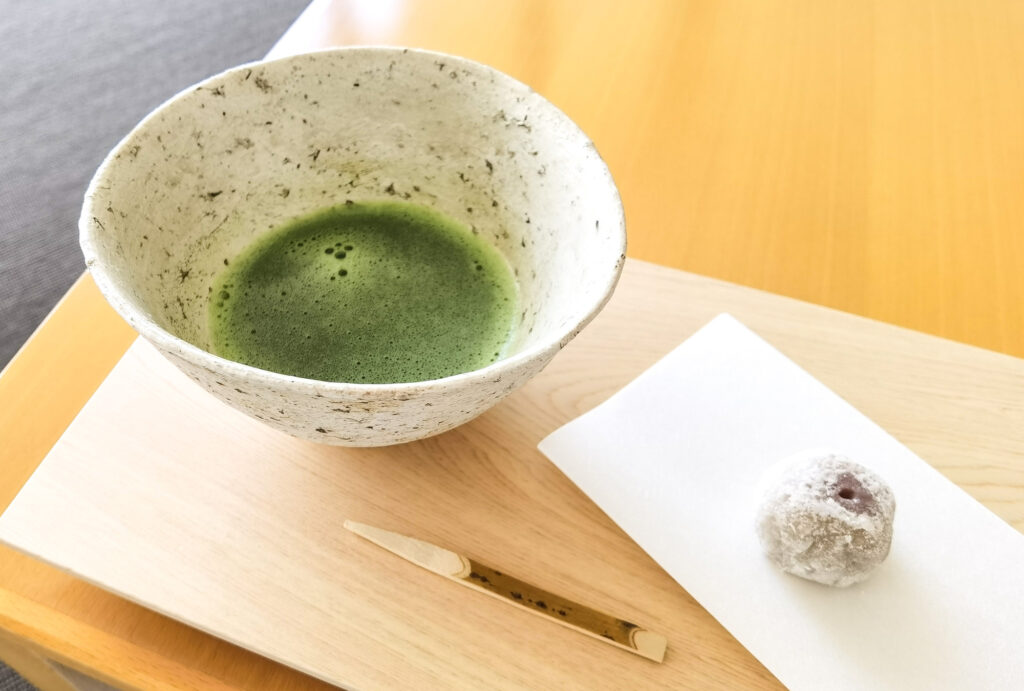
The soaking time for ladyfingers is also important. Ideally, they should be dipped in coffee for about 3 seconds—too long and they’ll crumble, too short and they’ll remain hard. Adding a small amount of matcha (about 1/2 teaspoon) to the soaking liquid enhances the matcha flavor, a secret technique from specialty matcha tiramisu shops.
Foolproof Matcha Tiramisu Step-by-Step – Perfect Recipe with Photo Explanations
Ingredient Preparation
Before making matcha tiramisu, measure all ingredients accurately. Using high-quality matcha powder is key to a flavorful result. Choose matcha that displays a vibrant green color and aroma when whisked to achieve an authentic matcha dessert.
Mascarpone cheese: 250g (bring to room temperature) Heavy cream: 200ml (thoroughly chilled) Granulated sugar: 80g (important for balancing matcha’s bitterness) Matcha powder: 15g (high-quality culinary or drinking grade) Ladyfingers: 12-15 pieces Espresso or strong coffee: 100ml (cooled) Brandy or matcha liqueur: 1 tablespoon (optional)
Tips for Making the Cream
The cream component, which is the heart of matcha tiramisu, requires a balance between smoothness and matcha flavor. Bringing mascarpone cheese to room temperature helps prevent lumps.
- Place mascarpone cheese in a bowl and mix until smooth
- In a separate bowl, whip the heavy cream to soft peaks
- Sift matcha and granulated sugar into another bowl and mix well
- Add the matcha-sugar mixture to the mascarpone and gently fold with a rubber spatula
- Finally, add the whipped cream in three portions, folding gently to maintain aeration
Layering and Chilling Methods
Professional pastry chefs employ several key techniques for layering, including methods that received high evaluations at the 2019 Japan Matcha Sweets Contest.
- Add liqueur to the coffee liquid and quickly dip the ladyfingers (soaking too long causes them to crumble)
- Arrange the biscuits at the bottom of the dish, then pour half of the matcha cream over them
- Dip more biscuits to create a second layer, then top with the remaining cream
- Smooth the surface and generously dust with matcha powder using a tea whisk
- Chill in the refrigerator without covering for at least 4 hours, preferably overnight
Sufficient refrigeration allows the matcha flavor to permeate the entire dessert and firms up the cream. Since matcha tiramisu’s flavor intensifies with chilling, taking it out of the refrigerator 2 hours before serving provides the ideal texture and temperature.
Matcha tiramisu, with its exquisite balance of bitterness and sweetness from matcha, is a special dessert that lets you enjoy the fusion of Japanese and Western traditions. This combination of traditional Japanese tea and representative Italian dessert will brighten special moments with family and friends.
ピックアップ記事



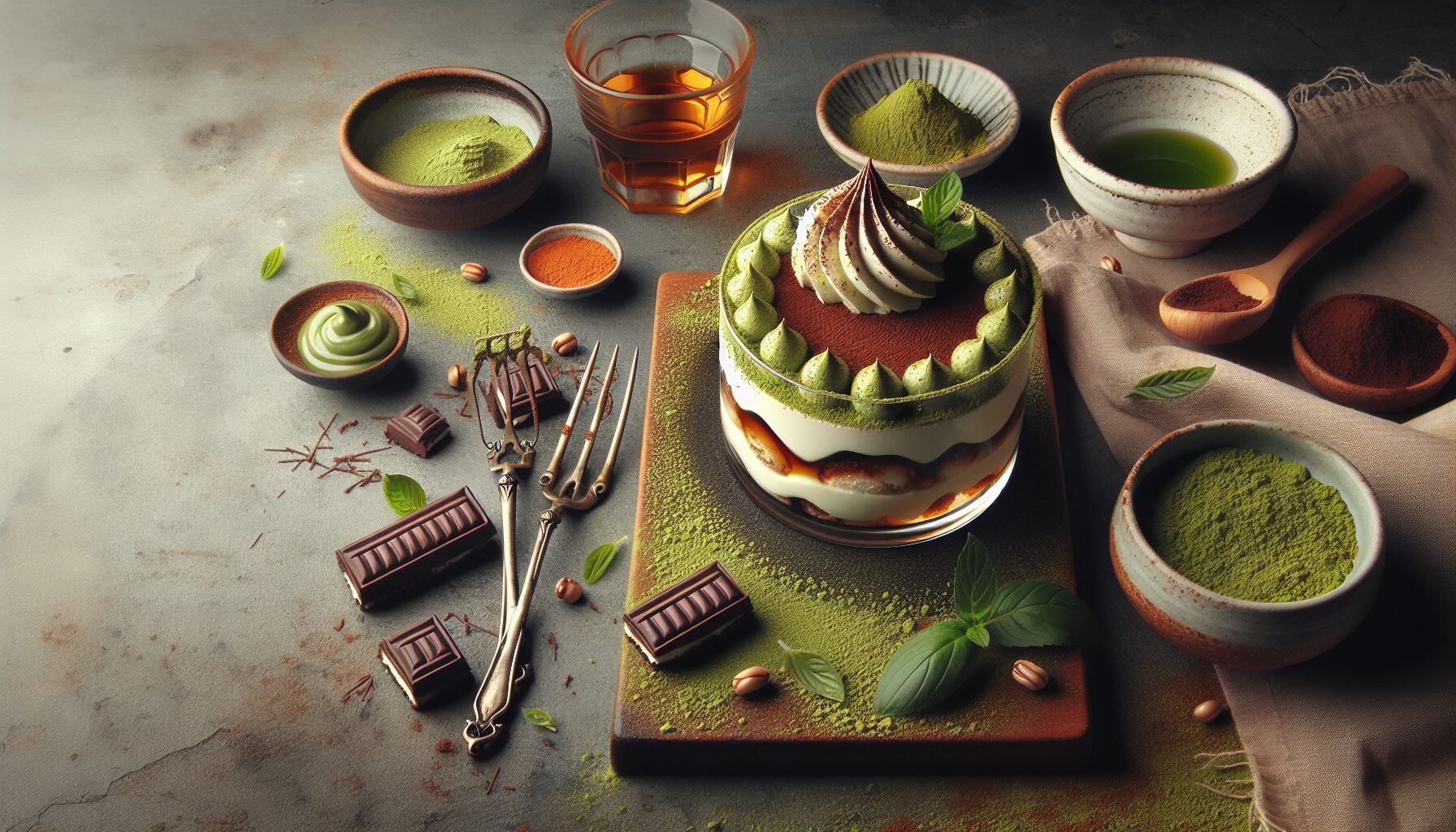

Comments